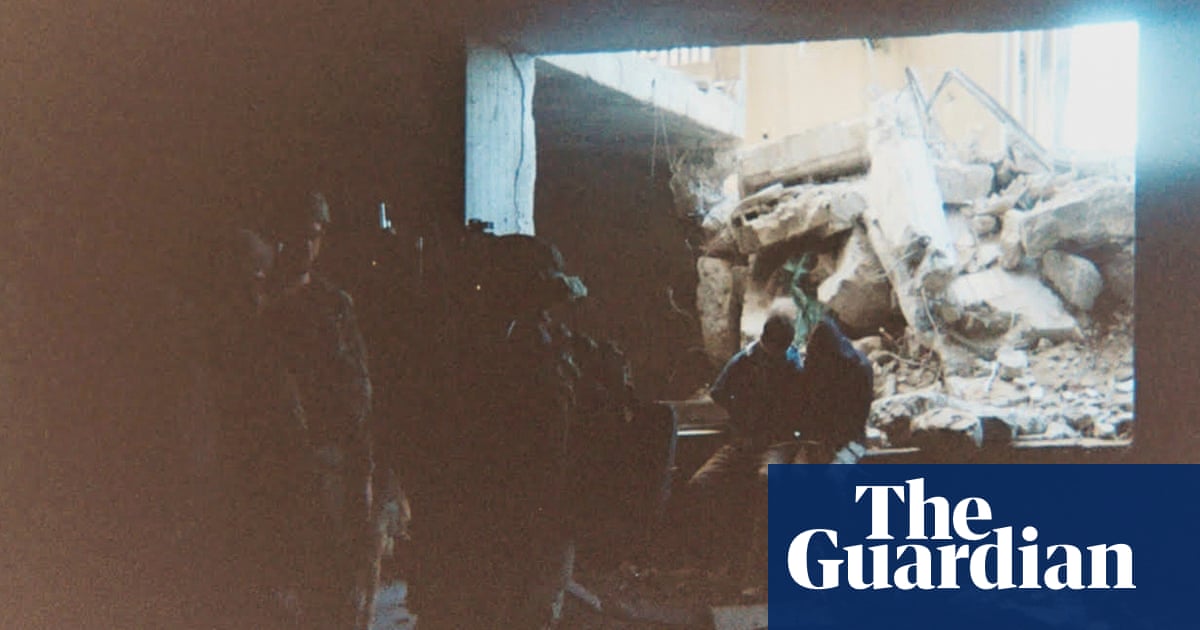The use of human shields in conflict zones raises profound moral questions, but what are the specific legal ramifications and long-term consequences? This article cuts through the complexities of the troubling trend of using human shields, providing a comprehensive examination of its impact on international law, the psychological toll on victims, and potential solutions for preventing this egregious war crime. Discover how international organizations are working to hold perpetrators accountable and what future trends may shape the fight against the use of human shields.
The Troubling Trend of Human Shields: Examining the Ethics and Future Implications
Table of Contents
- The Troubling Trend of Human Shields: Examining the Ethics and Future Implications
- What Exactly Constitutes Using Human Shields?
- Real-World Examples and Recent Developments
- The Systemic Nature of the Problem
- The Psychological Impact on victims
- Legal and Ethical Ramifications
- The Role of International Organizations
- Future Trends and Potential Solutions
- Addressing the Root Causes
- FAQ: Frequently Asked Questions
The use of human shields in armed conflict is a deeply disturbing practice, raising serious ethical and legal questions. Recent reports and investigations have brought this issue to the forefront, highlighting the potential for widespread abuse and the urgent need for accountability.This article delves into the complexities of this practice, exploring its implications and potential future trends.
What Exactly Constitutes Using Human Shields?
The core concept involves using civilians to protect military assets or operations. This can manifest in various ways,from forcing individuals to enter buildings ahead of soldiers to compelling them to perform tasks that expose them to danger. International law, including the Geneva Conventions, strictly prohibits this practice, considering it a war crime.
Did you know? the Geneva Conventions, a set of international treaties, provide the legal framework for humanitarian treatment in war. They explicitly forbid the use of human shields.
Real-World Examples and Recent Developments
Recent reports have detailed instances where soldiers have allegedly forced civilians to act as human shields. These accounts often involve individuals being compelled to search buildings, inspect tunnels, or perform other tasks that put them at risk. Such actions not only endanger the lives of civilians but also erode trust and fuel further conflict.
Pro tip: When reporting on sensitive topics, always verify facts from multiple sources and consult legal experts to ensure accuracy and avoid misinformation.
The Systemic Nature of the Problem
The use of human shields is not always an isolated incident. In certain specific cases, it appears to be a systemic issue, with evidence suggesting that the practice is tolerated or even encouraged by some military units. This raises concerns about the chain of command, training protocols, and the overall culture within the armed forces.
The Psychological Impact on victims
Being forced to act as a human shield can have devastating psychological consequences. Victims often experience trauma, fear, and a profound sense of betrayal. The long-term effects can include post-traumatic stress disorder (PTSD),anxiety,and depression,impacting their ability to function and rebuild their lives.
Legal and Ethical Ramifications
The use of human shields is a clear violation of international law and human rights. Those responsible for such actions can be held accountable thru legal channels,including international courts. Furthermore, the practice undermines the principles of proportionality and distinction, which are fundamental to the laws of war.
The Role of International Organizations
Organizations like the United Nations and human rights groups play a crucial role in monitoring and investigating the use of human shields. They document violations, advocate for accountability, and provide support to victims. Their work is essential in ensuring that perpetrators are brought to justice and that such practices are prevented in the future.
Future Trends and Potential Solutions
Looking ahead, several trends are likely to shape the future of this issue:
- Increased Scrutiny: As awareness grows, there will be greater scrutiny of military operations and a stronger emphasis on accountability.
- Technological Advancements: The use of drones and other technologies may reduce the need for human shields, but also raise new ethical concerns.
- Legal Reforms: International laws and military regulations might potentially be strengthened to better address the issue.
- Training and Education: Military training programs will need to emphasize the importance of ethical conduct and the prohibition of using human shields.
Addressing the Root Causes
To effectively combat the use of human shields, it’s crucial to address the underlying factors that contribute to this practice.This includes promoting respect for human rights, fostering a culture of accountability within armed forces, and resolving conflicts through peaceful means.
FAQ: Frequently Asked Questions
- What is a human shield? A civilian used to protect military assets or operations.
- Is using human shields illegal? Yes, it is a war crime under international law.
- What are the consequences for using human shields? Legal prosecution, international condemnation, and erosion of trust.
- What can be done to prevent this practice? Stricter regulations, improved training, and accountability mechanisms.
The use of human shields is a grave violation of human rights and a serious impediment to peace. By understanding the complexities of this issue,we can work towards a future where civilians are protected and the laws of war are upheld. What are your thoughts on this issue? Share your comments and insights below.

